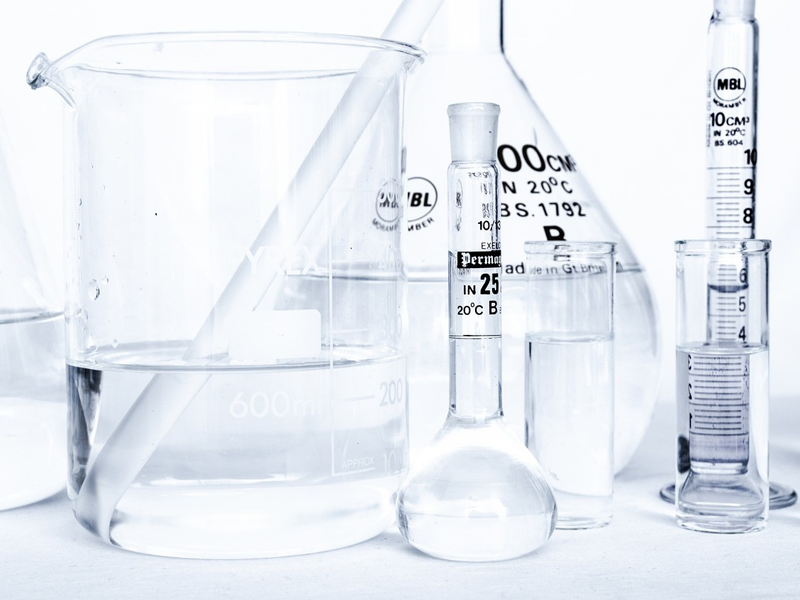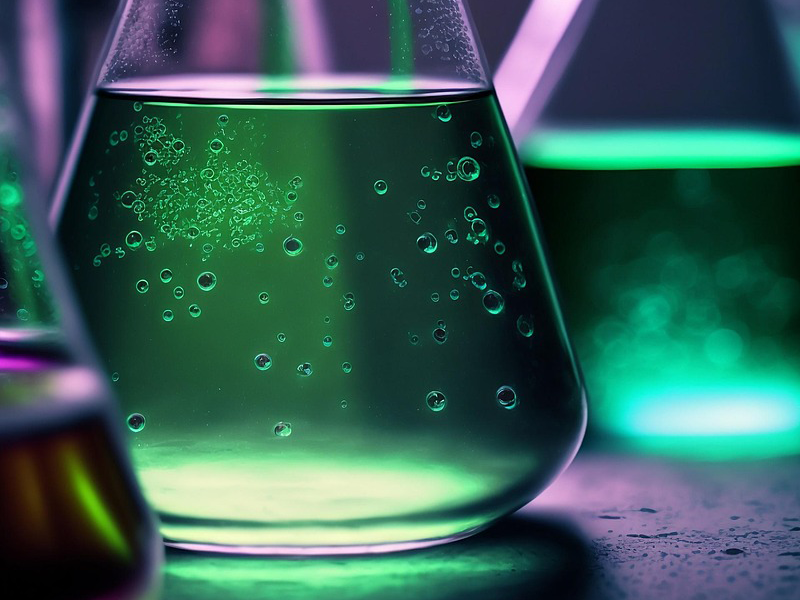Chemistry & Physics
Previous
Next
Popular category
Explore the latest chemistry and physics articles and activities
Latest articles
-
May 1, 2023 MOM’s Acid-Base ChemistryIntroductionIn this experiment, students react milk of magnesia with vinegar to study acid-base...
-
April 28, 2023 Forces at Work in a Lava LampA Carolina EssentialsTM Activity Total Time: 45-65 minsPrep: 15-20 mins | Activity: 30-45...
-
April 28, 2023 Carbon-Carbon Multiple Bonds: Structure and FunctionA Carolina EssentialsTM Activity Total Time: 45-60 minsPrep: 15 mins | Activity: 30-45...
-
April 28, 2023 Carbon SnakeA Carolina EssentialsTM Demonstration Total Time: 15 minsPrep: 15 mins | Activity: 10-15...
-
April 26, 2023 Equilibrium and Milk of Magnesia RainbowA Carolina EssentialsTM Demonstration Total Time: 15-20 minsPrep: 20 mins | Activity: 15-20...
-
April 26, 2023 Thermochemistry: An Endothermic ReactionA Carolina EssentialsTM Demonstration Total Time: 10 minsPrep: 15 mins | Activity: 10...
-
April 21, 2023 After the AP® Exam: What Now?Your students worked hard and were well prepared. The test has come and...
-
April 18, 2023 A Model for Heat Capacity of MetalsA Carolina EssentialsTM Activity Total Time: 60-70 minsPrep: 15 mins | Activity: 45-55...
-
 Hands-on Plus! Driving Student Centered Learning with Smithsonian Science for the Classroom™Physical ScienceMarch 17, 2023 Hands-on Plus! Driving Student Centered Learning with Smithsonian Science for the Classroom™Workshop Resources Physical Science K-5 Elementary School We believe students should engage with...
Hands-on Plus! Driving Student Centered Learning with Smithsonian Science for the Classroom™Physical ScienceMarch 17, 2023 Hands-on Plus! Driving Student Centered Learning with Smithsonian Science for the Classroom™Workshop Resources Physical Science K-5 Elementary School We believe students should engage with... -
February 19, 2023 Elephant ToothpasteA Carolina EssentialsTM Activity Total Time: 50 minPrep: 30 | Activity: 20 Physical...
-
February 9, 2023 Investigating Interactions Between Electric and Magnetic FieldsA CAROLINA ESSENTIALS ACTIVITYHow do electric and magnetic fields interact? Total Time: 60...
-
January 30, 2023 Keep Calm and Chemistry On: Successful Lab Activities for the New Chemistry TeacherWorkshop Resource Chemistry 6-12 Middle / High School Looking for lab activities that...
-
January 26, 2023 Engineer Physical Science Excitement with a Carolina STEM Challenge®Workshop Resource Physical Science 6-12 Middle / High School Rockets zoom and race...
-
January 6, 2023 Solution Preparation GuideCarolina offers many types of premade solutions, but some teachers prefer to make...
-
January 4, 2023 Equilibrium Straw ActivityChemistry students on all levels can have misconceptions about the definition of equilibrium....






















